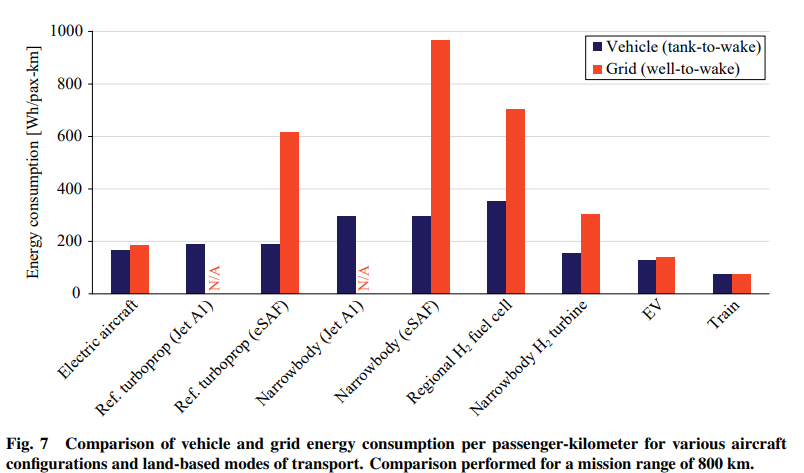Originally Posted by
wrench1
Interesting, except you have to put this into context. SAF mixtures have been commercially flying for a number of years. However, only 50% SAF mixtures are currently approved with 100% SAF usage currently in the approval process to include its use on revenue flights.
As to cost, yes its currently about 2x the cost Jet A but the full market won’t be realized until 100% SAF usage is certified. Once that happens then you see both production increase and cost lower as projected. For example, SAF now accounts for about 2% of the Jet fuel market, up from .01% in 2019. And the yearly SAF production increase forecasts are now about 3% higher than Jet fuels yearly increases at 1%.
Plus those numbers are mainly for Part 121 ops. The Part 135, rotorcraft, and hybrid markets are still working out details as there is no feasible route forward until SAF achieves 100% certification. So while it may appear as an illusion, SAF has been flying in the real world for quite some time vs a drawing on paper.
In my experience, I believe SAF usage and hybrid ICE aircraft will fill the “void” vs a true e-aircraft at the “mass” transport level for years to come. At the UAM and RAM levels it’s a different dynamic and more fits the e-side of the equation.
Valid points.
Yes, I appreciate that SAF has been around is working its way through the approvals process. I mean at scale and at an economic price. That means that bio-SAF is excluded as that cannot scale sufficiently (imho). Leaving e-SAF from renewables for large scale utilisation. The ins vs outs table is pretty clear where that is likely to go. I fully accept that small amounts of bio-SAF will be flying but personally I am sceptical regarding large scale adoption. We will see.

Originally Posted by
Big Pistons Forever
Pushing up against the edge of what is predictably possible in battery technology gets you a short haul Regional airliner. Its effect on the reduction global emissions will so low as to be negligible. It is purely an exercise in green virtue signalling, hence my comment that using the rare earth metals on 200 cars per airplane actually makes more sense.
Yes commercial aviation has to do its part and the obvious way is with SAF, that is where development money should go, not on electric airliners.
I have a part time gig working on electric airplanes for flight training. They are IMO the future of flight training not because they are green, although that’s nice, but because the typical training duty cycle fits the capabilities of electric power and because their fly over noise footprint print is 10 db less than a typical ICE training aircraft and most importantly they will succeed because the economics are going to favour them. Not using expensive Avgas creates huge savings and the running maintenance cost are about %20 of an ICE airplane.
So what is the cost per seat mile of this electric 90 seat airliner and how does it compare to an equivalent Turbo Prop airliner ?
Valid points.
The research paper is pretty silent on the seat mile cost issue. The Capex side of the equation is not mentioned, nor is the maintenance opex. The only thing one can directly inspect in the paper is the relative fuel (energy) usage. Given that fuel is a large cost driver it does not look impossible. Crew etc would be approximately equal in most cases. Regarding maintenance most things would be fairly equal, but combustion engine/fuel system (etc) maintenance costs would be almost entirely eliminated, and annual battery replacement costs would need to be factored in. How that might all net out I do not know. Maybe that is the 3rd paper in the series, but perhaps one has to sign an NDA to read it. Certainly it is critical as you point out.
